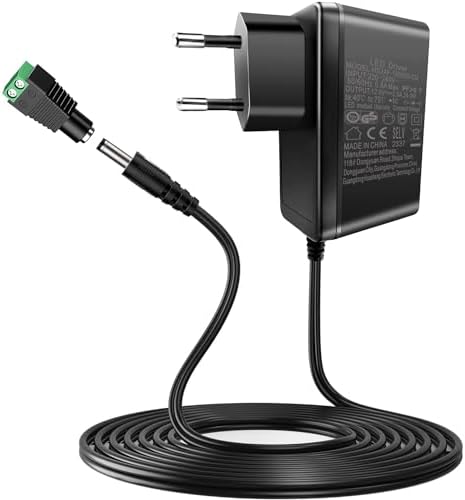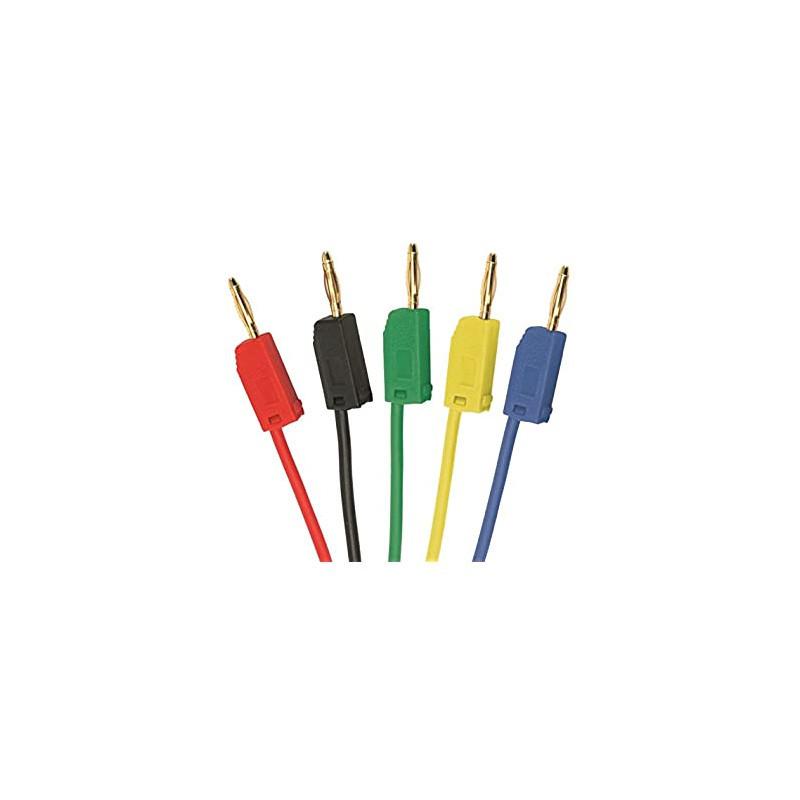The Accounting Equation: What It Is & The Effects of Common Transactions Leave a comment

If it doesn’t, then your books are out of balance, most likely because there was an entry made to an owner’s equity account that isn’t reflected in your calculation above. The totals for the first eight transactions indicate that the company had assets of $17,200. The creditors provided $7,120 and the owner What is bookkeeping provided $10,080. The accounting equation also indicates that the company’s creditors had a claim of $7,120 and the owner had a residual claim of $10,080.
Claim $20 Off PRO Plus
The totals show us that the corporation had assets of $17,200 with $7,120 provided by the creditors and $10,080 provided by the stockholders. The accounting equation also reveals that the corporation’s creditors had a claim of $7,120 and the stockholders had a residual claim for the remaining $10,080. If the left side of the accounting equation (total assets) increases or decreases, the right side (liabilities and equity) also changes in the same direction to balance the equation. The accounting equation asserts that the value of all assets in a business is always equal to the sum of its liabilities and the owner’s equity. For example, if the total liabilities of a business are $50K and the owner’s equity is $30K, then the total assets must equal $80K ($50K + $30K). For example, if you provide $1,000 in services on credit, your accounts receivable (asset) increases by $1,000, and your revenue (which flows to equity) increases by $1,000.
Fund Transfer Between Bank Accounts
If the total assets calculated equals the sum of liabilities and equity then an organization has correctly gauged the value of all three key components. However, if this does not match then organizations need to check for discrepancies. Utilizing advanced accounting software enables organizations to proactively identify and manage anomalies.
Effects of Transactions on Accounting Equation
- If the net realizable value of the inventory is less than the actual cost of the inventory, it is often necessary to reduce the inventory amount.
- Net income increases retained earnings, thereby increasing equity, while a net loss decreases retained earnings, thereby reducing equity.
- This equation is the foundation of modern double entry system of accounting being used by small proprietors to large multinational corporations.
- In other words, the ending owners’ equity from this equation should equal assets minus liabilities at the end of the year.
- These are assets that we’re going to expect to use for more than 1 year.
- Double entry system ensures accuracy and completeness in its accounting system.
Intuit helps put more money in consumers’ and small businesses’ pockets, saving them time by eliminating work, and ensuring they have confidence in every financial decision they make. Because of the two-fold effect of business transactions, the equation always stays in balance. Therefore cash (asset) will reduce by $60 to pay the interest (expense) of $60.
This observation tells us that accounting statements are important in investment and credit decisions, but they are not the sole source of information for making investment and credit decisions. The accounting equation represents a fundamental principle of accounting that states that a company’s total assets are equal to the sum of its liabilities and equity. It forms the basis of double-entry accounting, where every transaction results in a dual effect, ensuring balance sheet accuracy. The totals after the first eight transactions indicate that the corporation had assets of $17,200. The creditors provided $7,120 and the company’s stockholders provided $10,080.
Liabilities
Like any brand new business, it has no assets, liabilities, or equity at the start, which means that its accounting equation will have zero on both sides. QuickBooks provides powerful tools that identify mismatched entries, duplicate transactions, or missing records that could throw the accounting equation out of balance. These features help you reconcile accounts monthly to prevent financial discrepancies, so that the accounting equation stays balanced and your financial reports remain reliable.
This is achieved through LiveCube, a ‘No Code’ platform, that replaces Excel and automates data fetching, modeling, analysis, and journal entry proposals. If the total liabilities calculated equals the difference between assets and equity then an organization has correctly gauged the value of all three key components. Here we can see the list of all assets that have been reported on Hershey company balance sheet for 2023.
- It is based on the idea that each transaction has an equal effect.
- Liabilities are amounts owed to other persons or entities as a result of a past event and involve a future settlement using cash, goods, or services.
- Managerial accounting, a vital aspect of business management, plays a crucial role in decision-making and strategy formulation.
- If it doesn’t, then your books are out of balance, most likely because there was an entry made to an owner’s equity account that isn’t reflected in your calculation above.
- You can also interpret the accounting equation to say that the company has assets of $16,900 and the lenders have a claim of $7,000 and the owner has a residual claim for the remainder.
- In other words, the total amount of all assets will always equal the sum of liabilities and shareholders’ equity.
Sole Proprietorship Transaction #6.
If it’s financed through debt, it’ll show as a liability, but if it’s financed through issuing equity shares to investors, it’ll real estate cash flow show in shareholders’ equity. The accounting equation is also called the basic accounting equation or the balance sheet equation. Budgeting is a crucial tool in managerial accounting as it helps in planning, allocating resources, and controlling costs. It provides a framework for comparing actual results with planned outcomes, enabling managers to make informed decisions and take corrective actions. To compute the ending owner’s equity, we need to add to the beginning balance any additional investments, owner’s drawings, and net income.
The accounting equation shows that one asset increased and one asset decreased. Since the amount of the increase is the same as the amount of the decrease, the accounting equation remains in balance. The fundamental accounting equation accounting equation reflects that one asset increased and another asset decreased. To calculate the accounting equation, we first need to work out the amounts of each asset, liability, and equity in Laura’s business.














